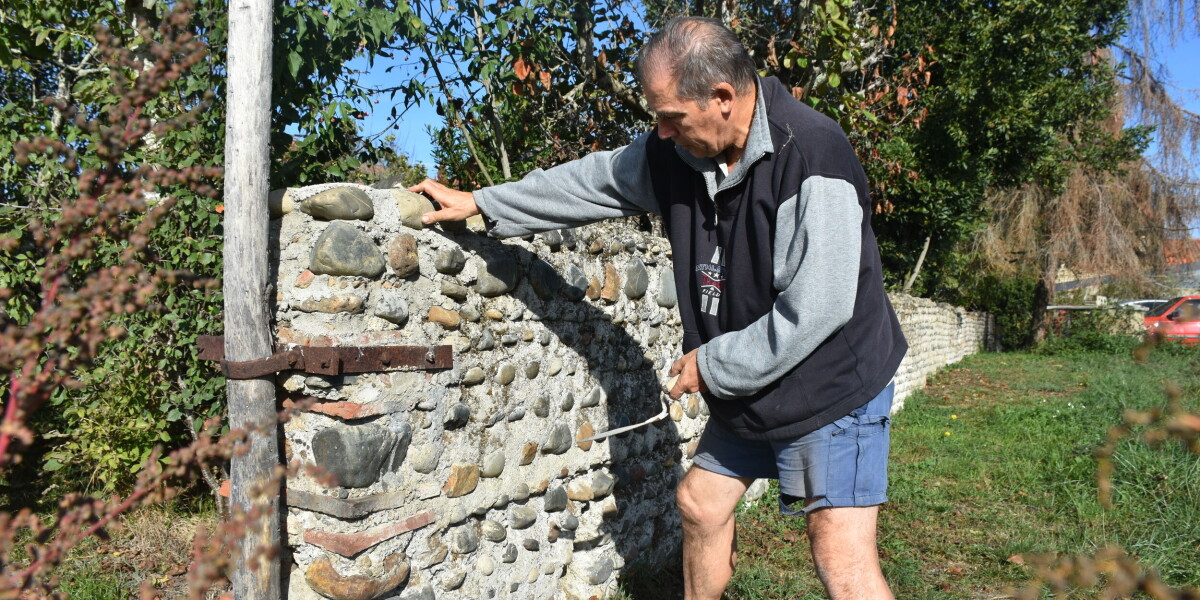
- Select a language for the TTS:
- UK English Female
- UK English Male
- US English Female
- US English Male
- Australian Female
- Australian Male
- Language selected: (auto detect) - EN
Play all audios:
City officials were also reported to have “penalised” 388 people for lighting barbecues and fires outdoors. But Dong Liansai, a Beijing-based climate and energy campaigner for environmental
group Greenpeace, said coal-fired power stations, not barbecues, were to blame for the unusually severe bout of pollution. “Coal is the number one source,” said Dong, warning that the smog
contained tiny airborne particulates known as PM2.5 which were linked to numerous “adverse health effects” including lung cancer, asthma and heart disease. In a bid to reduce its reliance
on coal, the Chinese government has set up a series of large-scale wind farms. But it is investing in cure as well as prevention. A year ago Boeri, who set up a branch of his architectural
practice in Shanghai in 2014, unveiled plans for two neighbouring towers coated with 1,100 trees – in a range of 23 species – and more than 2,500 shrubs in the eastern Chinese city of
Nanjing. The taller tower – 660ft high, almost four times the height of Nelson’s Column – will house 28 floors of offices, a museum, a green architecture school and a private club on the
top floor. While the second tower, 350ft high, will host a Hyatt hotel with 247 rooms and a rooftop swimming pool, plus a range of retailers, a food market, restaurants, conference hall and
exhibition spaces at ground level. As well as contributing to the regeneration of local biodiversity, the towers’ plant life will absorb 25 tons of carbon dioxide each year and produce
about 60kg of oxygen every day. Having finalised the plans for Nanjing, it wasn’t long before Boeri began to think bigger. “We started to imagine if it was possible to create an urban
environment created from many of these vertical forests,” he said. SADIQ KHAN ON THE HEALTH IMPLICATIONS OF POLLUTION “We’ve seen what’s happening [in terms of pollution] in Beijing and
Shanghai, but at the same time, China has to create the cities to accommodate the population.” His visionary solution to this problem is to build a series of sustainable mini cities that
could be a blueprint for the future of urban China. The first such settlement will be the one at Liuzhou, a mid-sized Chinese city of about 1.5 million residents in the mountainous southern
province of Guangxi, with a second project planned for Shijiazhuang, an industrial hub in northern China that is consistently among the country’s ten most polluted cities. Boeri reckons
Chinese officials are finally coming to terms with the need to embrace a new, more sustainable model of urban planning that involves not “huge megalopolises” but settlements of 100,000
people or fewer that were entirely constructed of “green architecture”. “What they have done until now is simply to continue to add new peripheral environments to their cities,” he said.
“They have created these nightmares – immense metropolitan environments. They have to imagine a new model of city that is not about extending and expanding but a system of small, green
cities.” Skyscrapers are an integral part of Boeri’s model because they accommodate more people in a given geographical footprint than low-rise homes and thus spare agricultural land and
countryside. But it will be some time before we see the fruits of his grand plan. The construction of his forest city at Luizhou is set to begin in 2020, and there is still a great deal of
planning and research required before a projected completion date can be set. However, Boeri remains optimistic about the project and has confidence in the soundness of his vision: “I
really think that bringing forests into the city is a way to reduce climate change.”









